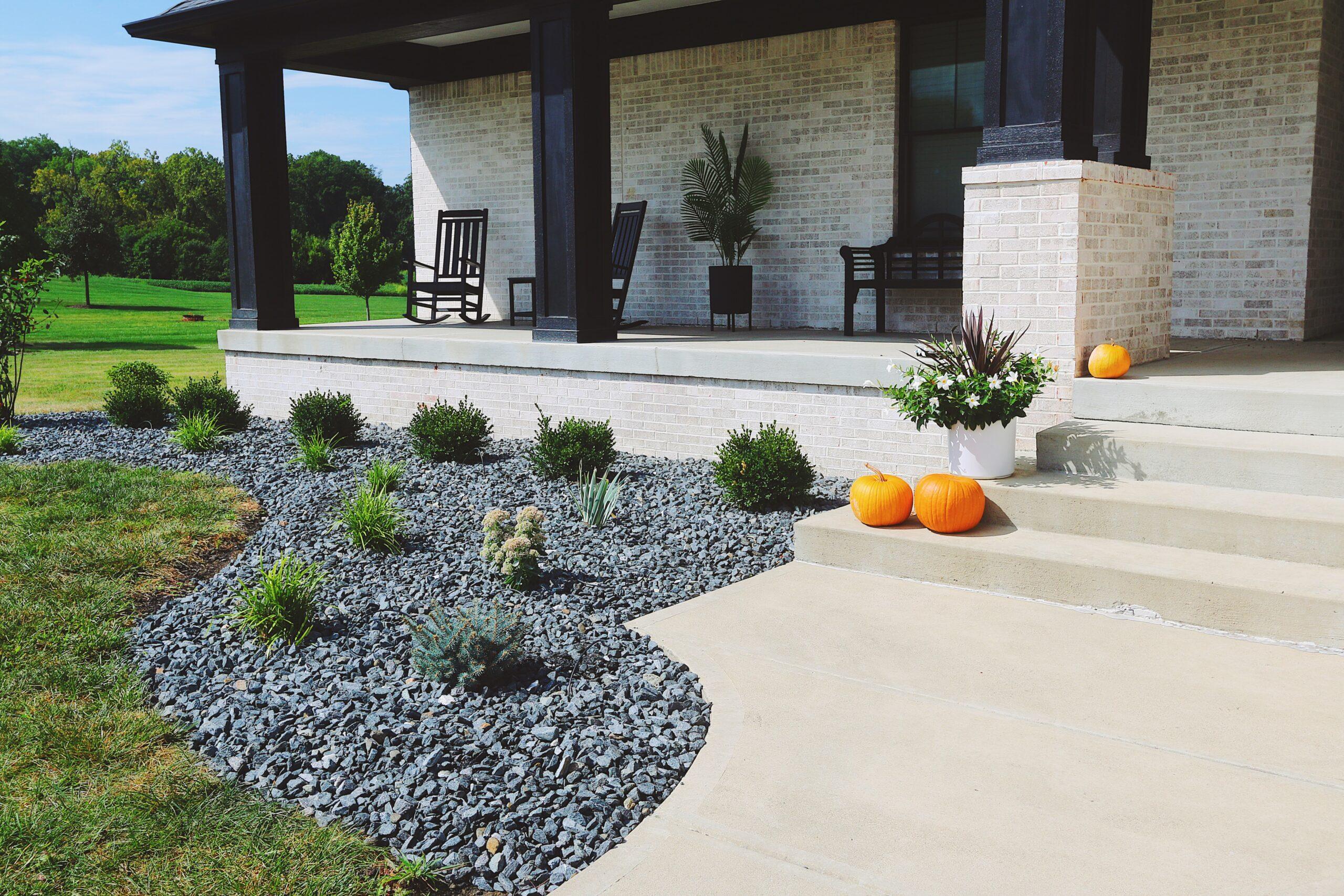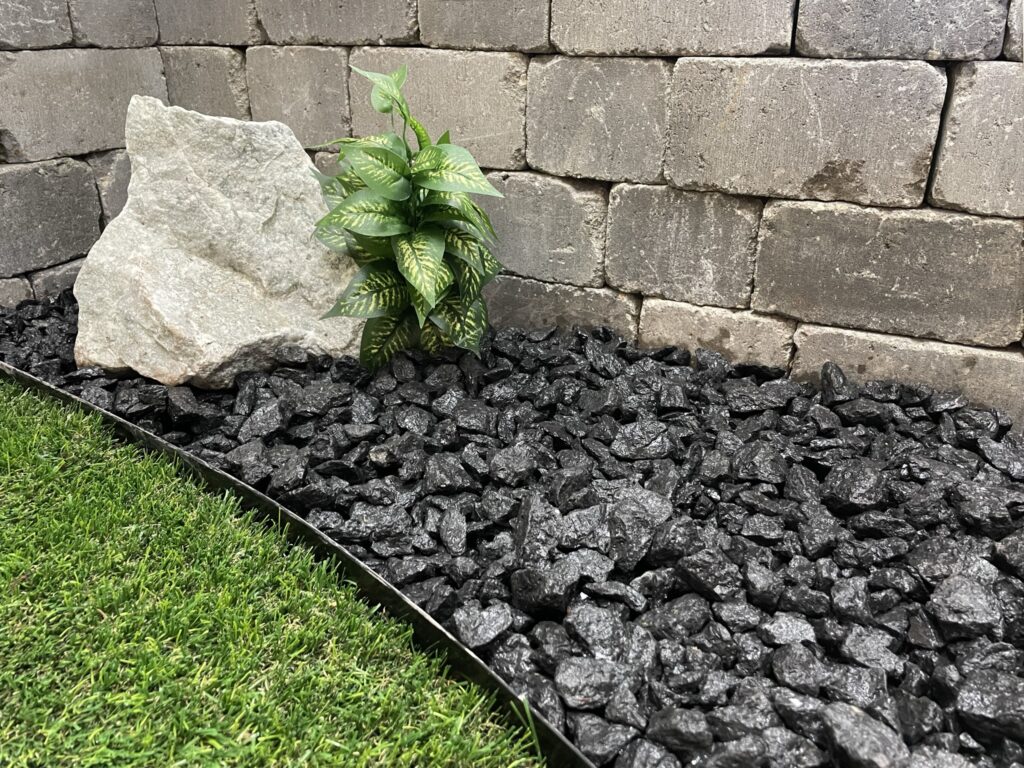Welcome to your ultimate guide on decorative landscape stone! If you’ve ever walked through a beautiful garden or admired a stunning outdoor space, you may have noticed the essential role that decorative stones play in enhancing landscape designs. With my personal experiences in landscaping and frequent visits to local nurseries, I’ve seen firsthand how these stones can transform ordinary yards into extraordinary outdoor retreats.
What is Decorative Landscape Stone?
Decorative landscape stones are natural stones used for aesthetic purposes in gardens, patios, and outdoor spaces. They come in various sizes, colors, and textures, making them versatile materials for any landscaping project. From small gravel pieces to large boulders, these stones serve both functional and decorative roles, creating beautiful focal points, pathways, and garden beds.
Why Choose Decorative Landscape Stone?
Choosing decorative landscape stone offers several benefits that can enhance the beauty and functionality of your outdoor area. Here are some key reasons:
- Durability: Stones are natural materials resistant to wear and tear.
- Low Maintenance: Most stones require minimal upkeep compared to organic materials.
- Versatility: They can be used in various applications, from walkways to water features.
- Eco-friendly: Stones are a sustainable choice, often sourced locally.
- Cost-effective: Long-lasting materials can save you money on replacements.
Types of Decorative Landscape Stone
.jpg)
1. Gravel
Gravel is one of the most commonly used decorative stones. It comes in various sizes and colors, making it perfect for driveways, pathways, and garden beds.
Common Types of Gravel:
- Pea Gravel: Small rounded stones, often used for pathways and around plants.
- Crushed Stone: Larger, angular pieces great for driveways and drainage.
- River Rock: Smooth, water-worn stones that add a beautiful touch to gardens.

2. Decorative Boulders
Decorative boulders can serve as stunning focal points in landscaping. They can be used to create natural-looking water features, accentuate gardens, or even serve as seating areas.
3. Lava Rock
Lava rocks are lightweight and come in dark colors, making them an excellent choice for adding contrast in flower beds and around pools.

4. Flagstone
Flagstone is a flat stone often used in patios and walkways due to its ease of installation and natural look.
Where to Use Decorative Landscape Stone
Decorative stones can be used in various applications across your property. Here are some popular uses:

1. Pathways and Walkways
Creating a beautiful pathway with decorative stones can guide visitors through your garden. Consider using flagstone or gravel for a rustic look.
2. Flower Beds
Surround your flower beds with decorative stone to create a clean border that enhances the plants’ colors.

3. Water Features
Incorporate stones around ponds or fountains to blend the feature with the natural landscape.
4. Driveways
Crushed stone or gravel can serve as a practical and attractive driveway material.

Comparing Different Types of Decorative Stones
| Type of Stone | Cost ($ per ton) | Durability | Best Use | Maintenance |
|---|---|---|---|---|
| Gravel | 20 – 60 | High | Pathways, Driveways | Low |
| Decorative Boulders | 100 – 300 | Very High | Focal Points | Very Low |
| Lava Rock | 50 – 150 | High | Flower Beds, Gardens | Low |
| Flagstone | 200 – 600 | High | Patios, Walkways | Medium |
Incorporating Decorative Landscape Stone into Your Project
1. Planning Your Design
Before you start, create a design plan. Consider how you want to use the stones and where they will be placed in your landscape. Sketching your ideas can provide clarity and a visual guide.
2. Choosing the Right Stone
Luxury stones like flagstone or decorative boulders can elevate your landscape design but can also be pricier. In contrast, gravel and lava rock provide budget-friendly options that still enhance your space.
3. Installation Tips
Proper installation can make a significant difference in the longevity and effectiveness of your decorative stone features.
- Preparation: Clear the area of weeds and debris.
- Base Layer: For pathways, a base of compacted gravel is often recommended.
- Layout: Lay out stones before securing them to visualize the end result.
4. Maintenance and Care
Although decorative stones require little maintenance, occasional care can keep your landscape looking fresh. Periodic raking of gravel and removing any debris will help maintain the aesthetic appeal.
Pros and Cons of Decorative Landscape Stone
Pros
- Enhances Aesthetic Appeal: Provides a beautiful, natural look.
- Durable and Long-lasting: Resists weathering and erosion.
- Low Maintenance: Requires minimal upkeep compared to other materials.
- Versatile: Suitable for various landscaping projects.
Cons
- Cost: Some decorative stones can be expensive.
- Weight: Large stones can be difficult to move and install without help.
- Immobility: Once laid down, stones are not easily rearranged compared to organic materials.
Real-Life Experience: Transforming My Garden with Decorative Stones
Last summer, I decided to revamp my backyard’s landscape. I was tired of watching the weeds overtake my flower beds, so I opted to use decorative landscape stones. I chose a combination of pea gravel and larger boulders to create a natural look. The result amazed not just me but also my neighbors!
The pathway made from pea gravel became a favorite spot for my family to relax and enjoy summer nights. The clean lines of the boulders added a striking contrast to the green of my garden. It was an investment worth every penny, and the compliments from friends and family continue to boost my spirits every time I step outside.
Frequently Asked Questions (FAQs)
What is the best type of decorative stone for flower beds?
While it depends on your aesthetic preference, lava rock and river rock are popular choices for flower beds due to their unique colors and textures.
How much decorative stone do I need?
To calculate the amount of decorative stone needed, measure the area in square feet and determine the depth of the stone layer you want. As a general rule, one ton of stone covers about 100 square feet at a depth of 2 inches.
Can I use decorative stones in place of mulch?
Yes, decorative stones can be used instead of mulch. They are more durable and won’t decompose like organic mulch, but they do not provide the same level of insulation and moisture retention.
Are decorative stones eco-friendly?
Yes, many decorative stones are eco-friendly since they are natural materials. Choosing locally sourced stones can further reduce your environmental impact.
How do I stop weeds from growing through decorative stones?
To prevent weeds, consider laying down landscaping fabric before adding the stones. This will help block sunlight and limit weed growth.
Conclusion
Decorative landscape stone offers a unique way to enhance the beauty and functionality of your outdoor spaces. From durable pathways to stunning focal points, the options are endless. I hope this comprehensive guide inspires you to explore the world of decorative stone and embark on your own landscaping journey. With careful planning and creativity, you can create a stunning outdoor space that reflects your style and personality.
Happy landscaping!